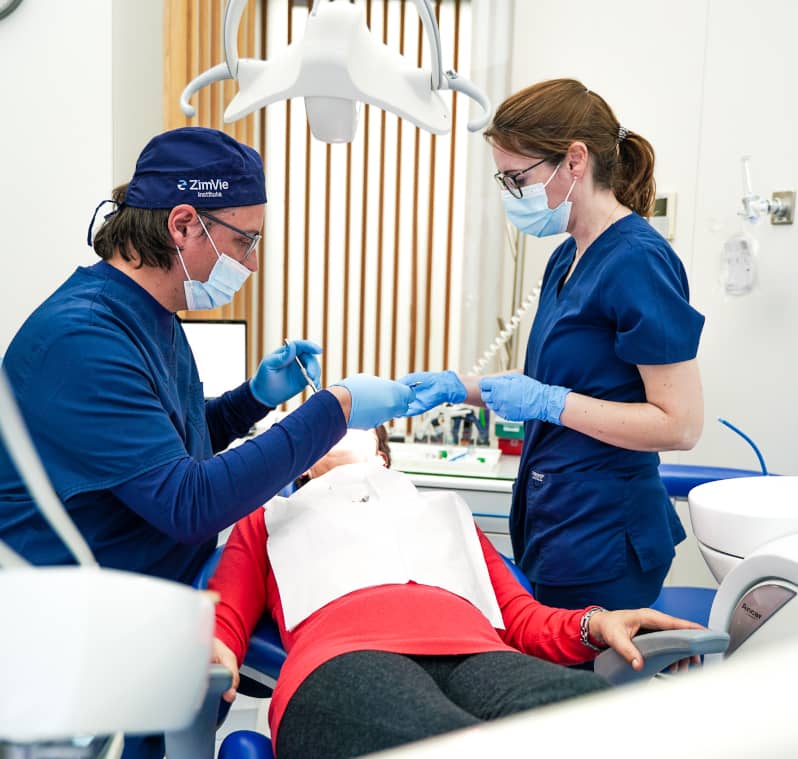Dental Implants in Mallorca
Clínicas Udemax is a leader in dental implant placement in Mallorca, with optimal results, a high success rate and patient satisfaction.
Do you need a dental implant?
Request an appointment with us for a free check-up and diagnosis.
Whether you want to start treatment or request information, you’ve come to the right place. Leave us your details and we will contact you within three hours.

What is a dental implant?
Types of dental implants
At Udemax Clinics, we offer a variety of dental implants in Mallorca to meet the specific needs of each patient. Below, we explain the most common types and their benefits:
Endosseous implants are the most common and are placed directly into the maxillary or mandibular bone. These implants consist of titanium screws or cylinders that integrate firmly with the bone, providing a solid foundation for one or more dental prostheses. They are ideal for patients who have a good amount of bone and are looking for a permanent solution to tooth loss.
Subperiosteal implants are placed under the gum but above the bone. This type of implant is an option for patients who do not have enough bone structure to support endosseous implants and do not wish to undergo bone grafting. Although less common, subperiosteal implants are an effective alternative in cases of significant bone loss.
Benefits of dental implants
Dental implants offer a ‘second chance’ to live with fixed teeth, eliminating the discomfort of removable dentures. In addition, they require the same care as natural teeth and, in most cases, last more than 20 years.
- Improved Quality of Life: They restore full chewing function, allowing you to enjoy all types of food.
- Natural Aesthetics: Implant-supported prostheses mimic the appearance and function of natural teeth.
- Prevention of Problems: They prevent jawbone loss and other conditions, such as changes in facial features and jaw joint diseases.
How are dental implants placed?
To begin treatment, a thorough examination of the mouth is performed, which may include a 3D scan to obtain accurate information. This diagnosis is essential for developing a personalised treatment plan.
In this phase, the titanium implant is placed. It is crucial that the patient has sufficient bone to ensure adequate support. If there is not enough bone, bone regeneration techniques, such as grafts, may be performed. It may also be necessary to extract teeth that compromise the operation.





